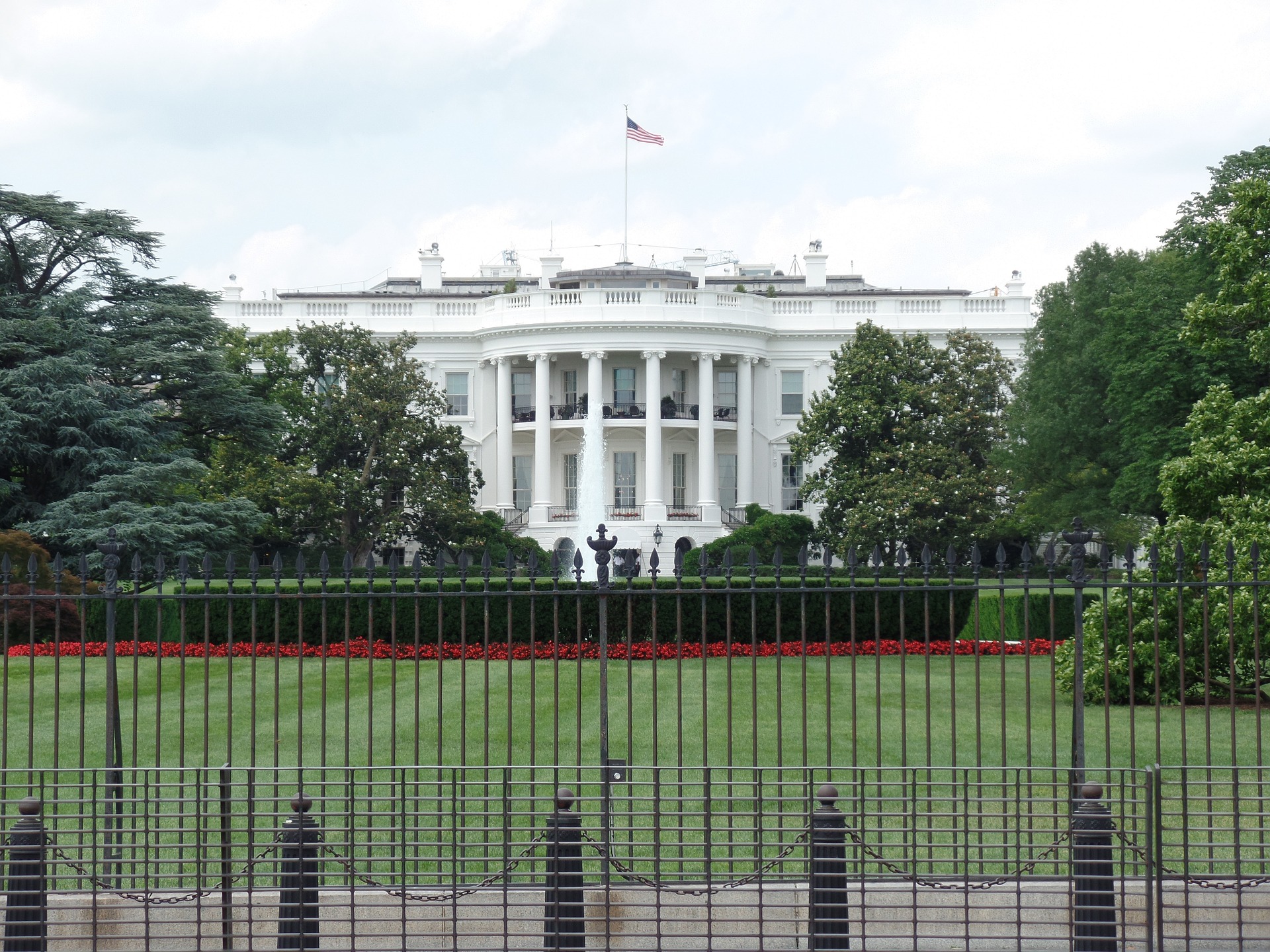by Peter Gleick and Cora Kammeyer
Earlier today, President Biden announced the first components of his proposed $2 trillion national infrastructure plan to rebuild failing, aging, and outdated water, energy, transportation, and communications systems. While the current information provides only the broadest outlines of his proposals, and the details will have to be worked out in specific legislation to be debated in Congress, it is clearly the most ambitious plan to have been put forward in many years.
One key component, and the one of particular interest to the community the Pacific Institute works with, is the set of proposals focused on U.S. water problems. In September 2020, the Pacific Institute released a set of water-related recommendations for the new administration.
Among the most important of these recommendations are the need to deliver clean, affordable drinking water to everyone in the U.S., with a focus on removing 100% of remaining lead pipes and service lines; implementing new standards to protect drinking water from currently unregulated pollutants; preparing for the increasingly dangerous consequences of extreme weather and climate disasters; and improving access to safe water in underserved communities, including on Tribal lands.
The Biden Plan addresses several of the priorities laid out in the Pacific Institute’s set of recommendations. The Plan dedicates $111 billion to water infrastructure investments, and includes specific actions on water as detailed below:
- Calls for the elimination of all lead pipes and service lines and requests $45 billion for this purpose, to be funded through the EPA’s Drinking Water State Revolving Loan Fund and grants through the Water Infrastructure Improvements for the Nation Act (WIIN).
- Provides funding to address western drought impacts with a focus on water efficiency and recycling investments, Tribal water settlements, and dam safety.
- Seeks $10 billion to monitor and remediate new drinking water contaminants (PFAS – per- and polyfluoroalkyl substances) and invest in small rural water systems.
- Requests $56 billion in grants and loans to states, Tribes, territories, and underserved communities to upgrade and modernize America’s aging drinking water, wastewater, and stormwater systems, tackle new contaminants, and support clean water infrastructure across rural America.
- Seeks investments in protection from sea-level rise, hurricanes, and severe weather events.
- Seeks investments to protect and restore nature-based infrastructure like forests, wetlands, watersheds, coasts, and oceans.
- Invests $16 billion to plug oil and gas wells that contaminate water, air, and local communities and provides jobs to restore old and abandoned mines.
Other details will certainly emerge once legislation is proposed and debated in Congress. We also note that many of our recommendations to address national water problems are not financial, but require regulatory or other actions, such as modernizing the National Flood Insurance Program, integrating climate risks into all federal water management plans, restoring and expanding access to science- and water-related expertise in federal agencies, addressing international security risks associated with water, and developing new standards to protect U.S. waters from unregulated contaminants. We look forward to seeing how the Biden Administration takes up the broader fight of solving the nation’s water challenges.



I have concerns about state/federal intention to convert Sacramento Valley aquifer systems into experimental private water banks.
Hope this landmark legislation will pass. Thanks God for Pres. Biden
and good bye trump et al. This has enormous consequences for all
who value clean water for ourselves and fish and wildlife
You mention in your statement that it was made in Sept of 2020, And the new Administration, how did you know there would be a new Administration.
Why are you asking the federal government rather than the individual states for this money? Shouldn’t it be those states job to do this and not the Federal Government
Hope this passes with a large dollar amount and soon. It’s no news that our infrastructure is in poor shape. Thank you for the update and explaining the details. Fingers crossed!
Until we address the elephants in the room we will not begin to solve our water crisis in an expedient manner.
Some of those issues are as follows:
Recognition of a diminishing resource by state and county governing entities. Adaptive agricultural use. Adaptive energy extraction use. Growth for growth sake in the American S.W. Water management based on science. Revision of western water law. Long held values must address the current limitations of a diminishing resource.
We face a challenge that supersedes individual, state or organizational financial interest.
Demanding a cut in use while brushing your teeth is a thumb in the leaking levy.
This is an immediate issue that cannot be left to 50 state and hundreds of county governing entities without a strong federal vision and directive.